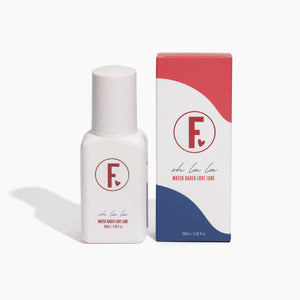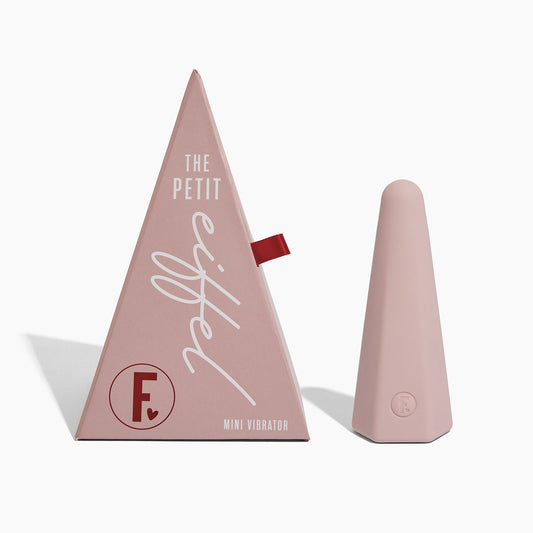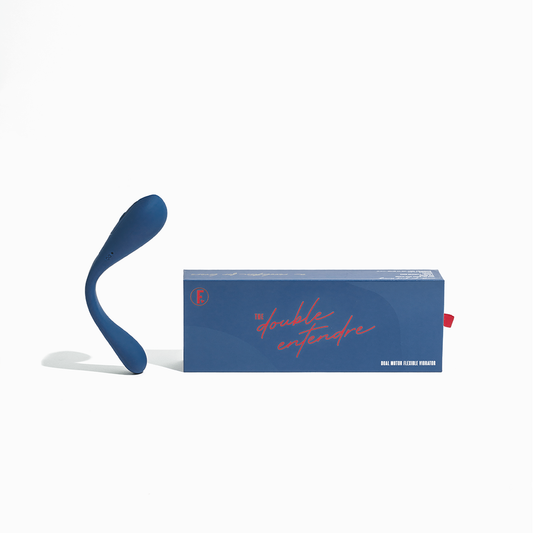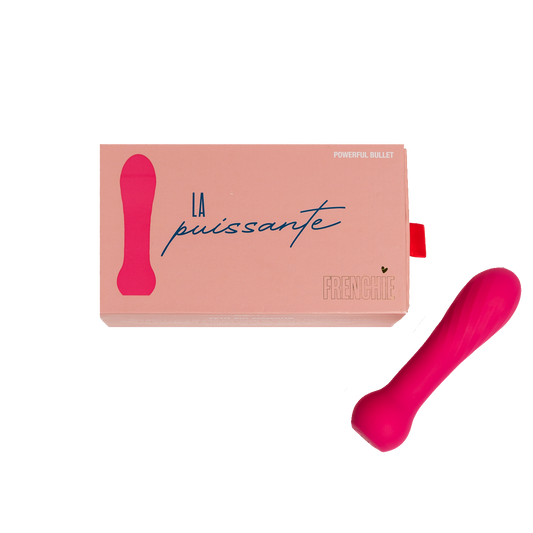Most of us have heard of squirting. This is most likely thanks to the prominent role it plays in porn. Despite its emphasis within porn the phenomenon of squirting has been reflected in ancient records from Chinese, Greek and Indian cultures. If you are anything like me, you have probably navigated masturbating and sex life not realising squirting was even a possibility for you.
Even as a sexologist, I had not experienced my first time squirting until the age of 31. If I am being honest, the lack of squirting in my life didn’t impact me. I knew I was still capable of receiving pleasure and enjoying sex. When I did squirt for my first time I was surprised and found the experience pleasurable. Throughout this article I’ll discuss where the squirting liquid comes from and how we may be able to experience it.
How do we know if we have squirted?
It is important to acknowledge vulva ejaculation and squirting are two separate things. Ejaculation is a milky substance from the skene’s gland (the prostate of vulva owners) known as prostate specific antigen (PSA). Squirting is a larger volume of clear liquid comprising solely of urine or a combination of urine and PSA. Squirting may happen at the same time as an orgasm or may occur separately. Most people who have squirted describe it as an intensely pleasurable experience which must be surrendered to.
Research on squirting is limited and consequently we only have restricted knowledge surrounding how prevalent squirting is and how we can achieve squirting. What we do know from the limited research is that somewhere between 10 and 55% vulva owners can or have experienced squirting.
So, you want to squirt? Read on.
When we have sex and masturbate, we are guided by our learned sexual narratives. These narratives navigate the way we think about ourselves as sexual beings and the way we engage in sex. We learn about sexual narratives through watching porn and through observing intimacy and relationships in the world around us. Throughout our lifespan we internalise the messages on how we should behave during sex and often attempt to mirror them in our own sex lives. Squirting has taken centre stage in a lot of porn which means we (and our partners) may subconsciously expect squirting to occur. Sometimes, the most helpful take-away here is about unlearning and relearning healthy sexual narratives.
Mind-body connection
Holding onto sexual narratives and sexual expectations can create a tense sexual environment. Tension in the mind can create a barrier when the body wants to release and let go. Some research finds squirting may happen later in life when you have become more connected to your body, it’s sensations and less focused on performative sex. I would recommend breathing deeply throughout the process to increase relaxation, feeling the sensations present in your body and visualising your body letting go of fluids.
The art of stimulation
The well-known G spot is also referred to as the clitoral-urethral-vaginal (CUV) complex and is a core component in the squirting experience. Stimulating the CUV complex involves focusing on the clitoris, urethral (skene’s) glands and vaginal canal. The G spot is located between the back of the pubic bone and the cervix. When the G spot is stimulated is causes the urethra and skene’s gland to swell which is where the squirting fluids are released from. Through simultaneously hitting the G spot with the “come here” motion, pressure on the pubic bone, clitoral and/or vaginal stimulation you can increase the likelihood of squirting.
My first experience was with a sexual partner who was able to provide a greater speed and depth in stimulating my g spot whilst also placing pressure on my pubic bone. We had achieved this post orgasm, which leads me to recommend focusing on squirting once you have either reached an optimal state of arousal or post orgasm. I also placed a pillow under my lower back/ bottom to allow for a deeper angle to achieve stimulation. Although this is my experience, yours may look and feel completely different.
I took to my Instagram polls and asked my audience if they find solo or partnered stimulation results in greater capacity to squirt. The responses from vulva owners found it was a tie with 50% more likely to squirt solo and 50% more likely to squirt with a partner. Exploring squirting solo may provide a sense of privacy, reduce perceived pressures and expectations, and allow for a greater mind-body connection.
More anatomy!
If you have noticed yourself going from never squirting to now regularly squirting, there may be an explanation for this. As discussed, the skene’s gland is involved in squirting and naturally releases the PSA through gland orifices. Wickman (2017) discovered regular squirting and ejaculation increases gland orifices of the skene’s gland from 4 to 9 within a 6-month period after initially squirting. This may account for a rapid increase in squirting once you have experienced it.
I want to preface; this article is not here to place any pressure on you to squirt. To me, squirting is more of an aesthetic during sex, and one that I believe has been promoted throughout male-centric pornography. However, I can also strongly understand as women and vulva owners the intense desire to reclaim all bodily functions despite its correlation to male pleasure or previous shame placed onto vulva owners for this bodily function.
Amy Louise is an Australia Sexologist providing consultancy services, sexual wellness coaching and freelance writing with the objective to increase bodily autonomy, pleasure and fun when it comes to sexuality and sexual health. www.instagram.com/thenewnormal.sexology
References
Pafs, J. (2023). A sexual superpower or a shame? Women’s diverging experiences of squirting/female ejaculation in Sweden. Sexualities, 26(1-2), 180 – 194. https://doi.org/10.1177/13634607211041095
Whipple, B. (2015). Female ejaculation, g spot, a spot, and should we be looking for spots? Current Sexual Health Reports, 7(1), 59–62. https://doi.org/10.1007/s11930-015-0041-2
Inoue, M., Sekiguchi, Y., Ninomiya, N., Kobayashi, T., & Arak, M. (2022). Enhanced visualization of female squirting. International Journal of Urology, 29, 1368—137. https://doi.org/ 10.1111/iju.15004
Wickman, D. (2017). 232 Plasticity of the skene's gland in women who report fluid
ejaculation with orgasm [Abstract]. The Journal Of Sexual Medicine, 14(1), S67.
https://doi.org/10.1016/j.jsxm.2016.11.147







